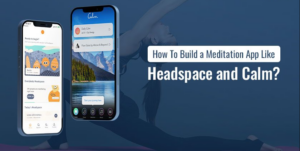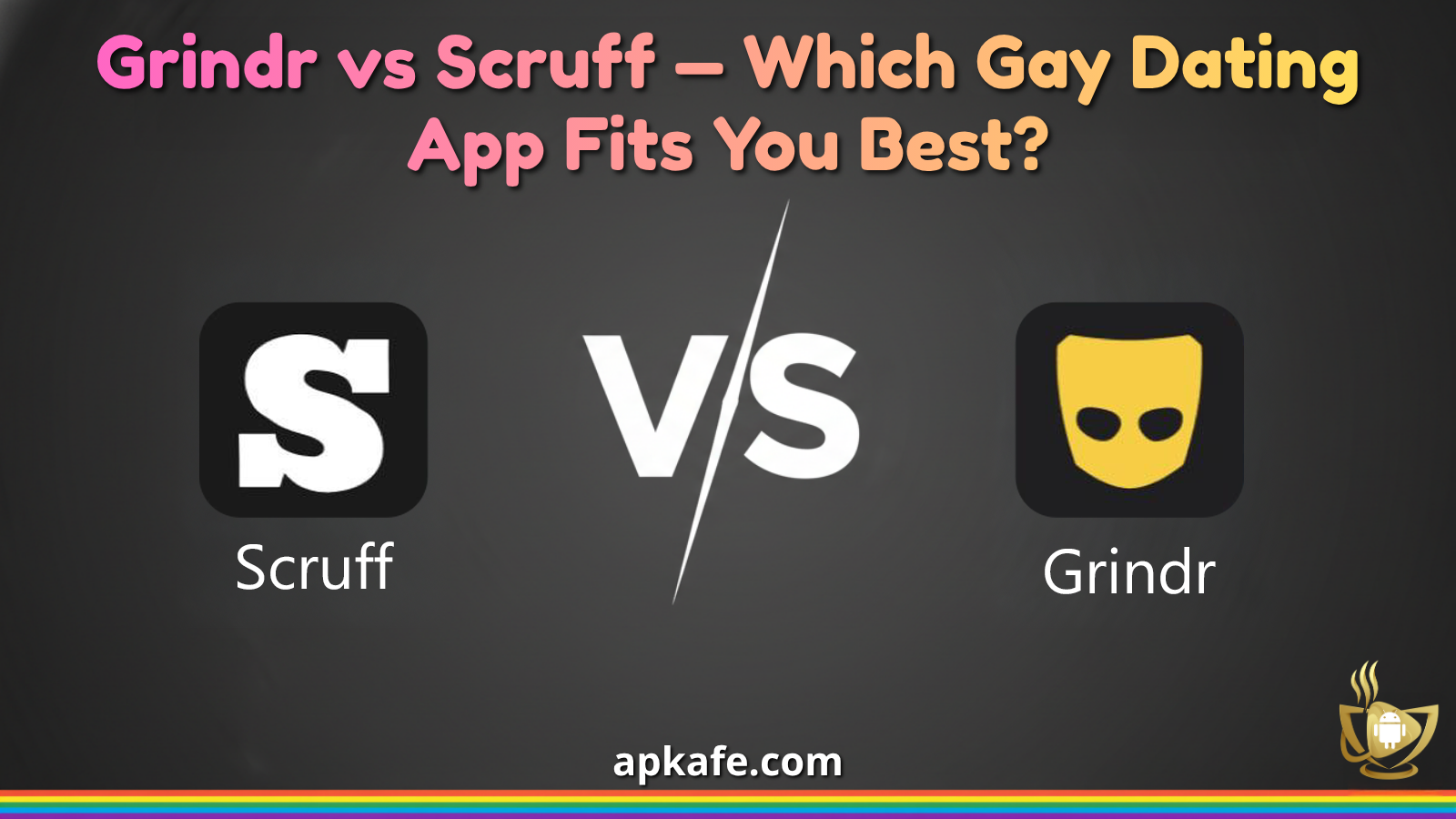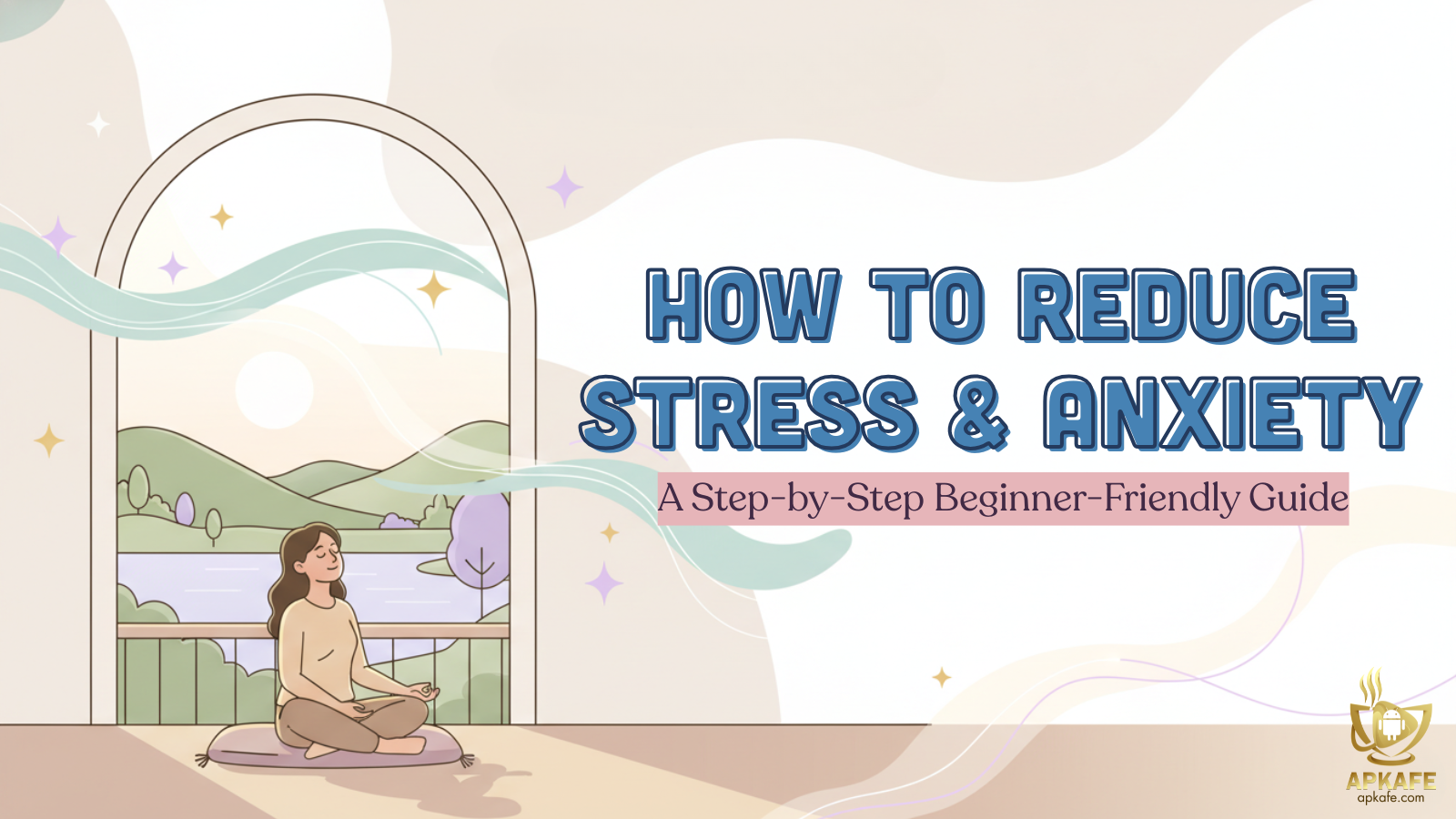Calm & Headspace: Which App Fits You Best?
If you're torn between two mindsets “I just need gentle relaxation like a passing breeze” or “I want a clear roadmap to master my mind”, then Calm and Headspace are the perfect forks on the road, but which app is truly the ideal companion for your journey? Let this article guide you through a razor-sharp comparison that goes beyond the surface and dives deep into real insights. Calm is like a soothing symphony, with sleep stories narrated by Matthew McConaughey’s voice, rainforest sounds, and ocean waves that lull you into deep sleep in just 10 minutes; meanwhile, Headspace acts as a personal trainer for your mind, with structured lesson series, breath-by-breath guidance, and daily habits tracked via streaks and progress bars turning mindfulness into a trainable skill. We’ll break down style, progress, integration, UX, cost, and privacy, then deliver real-life scenarios, a 30-second decision guide, and a 7-day safe trial to reveal which app changes your life. Ready to find your true “mind companion”? Scroll down now the journey takes just 5 minutes, but it could forever change your sleep and your mind.
Quick Verdict & Who Each Is For
Think you know your pick? The Privacy & Data Controls section later might change it—don’t miss it.
Choose Calm if you’re sleep-first, love narrated stories and soundscapes, want gorgeous ambient scenes, and prefer browsing to “courses.” Calm supports Apple Health/Google Fit mindful minutes sync and robust offline downloads for most content. Family plan and lifetime options exist.
Choose Headspace if you want structured, progressive programs, no-nonsense guidance, daily nudges, and broader mental-wellbeing tools (including coaching/therapy via eligible plans). It syncs mindful minutes with Apple Health and Google Fit, supports offline downloads, and has student/family discounts.
How We Compared (Criteria & Methodology)

The criteria table here feeds directly into the final “Choose Calm / Choose Headspace.”
We evaluate goal fit, tracking “accuracy” proxies (e.g., minutes practiced synced to health platforms, course completion), integrations, UX/accessibility, cost, and privacy & data controls with a 2025 policy check. “Accuracy” here means how reliably your practice time is recorded and surfaced, not medical outcomes like HRV or blood pressure. Evidence shows mindfulness can help with stress, anxiety, and sleep for many—but results vary and it’s not right for everyone.
Comparison Criteria Table
| Criteria | Calm | Headspace | Why it matters |
|---|---|---|---|
| Goal fit | Sleep stories, music, gentle guided meditations; great for wind-down. | Structured courses, daily coaching, focus tools. | Match style to motivation (sleep-first vs course-first). |
| “Accuracy” proxies | Syncs mindful minutes to Apple Health/Google Fit; strong offline for consistency. | Syncs mindful minutes to Apple Health/Google Fit; offline with some content exceptions. | Consistent tracking ≈ better habit signals; not a medical metric. |
| Integrations | Apple Health, Google Fit; Apple Watch & Wear OS companion experiences (limited). | Apple Health, Google Fit; Apple Watch companion app. | Fit with your device ecosystem to reduce friction. |
| UX & accessibility | Calming visuals, scenes; simple download. | Crisp UI, course progression, streaks/reminders. | Low friction helps you return daily. |
| Cost | Annual, family, lifetime options. | Monthly/annual; student + family plans. | Pay for what you’ll use; check discounts. |
| Privacy & data controls | Privacy policy (Dec 2024); Consumer Health Data Privacy Policy (Aug 2025); in-app deletion/export paths. | Privacy policy effective Sept 30, 2025; in-app delete; support contacts. | Know what’s collected, how to export/delete. |
Content Library & Coaching Style
Your preference here will explain your habit success in UX & Habit later.
- Calm: Deep bench of Sleep Stories, soundscapes, and soothing music, plus guided meditations and “Daily Calm.” This mix favors sleep-first users and those who want ambient options.
- Headspace: Course-like structure, “Everyday Headspace,” focus/audio, and clear technique instruction. Headspace also offers coaching/therapy access via eligible plans, broadening support beyond self-guided audio.
Takeaway: If you engage best with narrative sleep content, Calm shines. If you want progressive instruction with a defined path, Headspace fits better.
Tracking, Sensors & Integrations
What syncs here affects both “accuracy” proxies and privacy trade-offs below—compare together.
- Apple Health: Both apps sync Mindful Minutes to Apple Health when enabled. Headspace: Settings → Apple Health → toggle Mindful Minutes; Calm: Settings → Apple Health.
- Google Fit: Both apps can save sessions to Google Fit on Android when toggled in Settings.
- Wearables: Calm and Headspace have Apple Watch companions; Calm also notes limited Wear OS/Watch functionality. Check features if watch-first.
- Offline: Calm supports downloading most sessions; Headspace supports downloads with some exceptions (e.g., certain daily/sleepcast streams).
Reality check: These integrations mainly log time practiced, not physiological signals. Treat them as habit trackers, not medical devices.
UX, Accessibility & Habit Formation
Tiny UX details here can flip your choice—validate against Pros & Cons later.
- Calm UX: Lush visuals and ambient scenes can make evenings inviting; downloads are straightforward, though granular deletion controls are limited (delete by content type). Apple Watch app exists with limited functionality.
- Headspace UX: Clear sequences, reminders, and a tidy design support daily returns; Apple Watch app includes mini-breath and quick sessions. Accessibility & inclusion: Both offer text + audio guidance and broad language options; always try a couple of voices to see what lands for you.
Cost & Value
Don’t lock in yet—combine this with Privacy to avoid paying for features you won’t use.
- Calm pricing: Annual plans are commonly promoted; Family (up to 6) and Lifetime options exist. Offers vary by region/promo.
- Headspace pricing: Monthly/annual plans; Student plan (verification via SheerID) and Family plan (up to 6) bring costs down.
Pro tip: If cost is key and you’re a student or sharing with family, Headspace’s student/family plans or Calm’s family/lifetime can change the math significantly.
Privacy & Data Controls
- Policies (recency): Headspace Privacy Policy effective Sept 30, 2025; Calm Privacy Policy updated Dec 12, 2024, plus a dedicated Consumer Health Data Privacy Policy (Aug 15, 2025). Read these in full if you connect Apple Health/Google Fit.
- Data export & deletion: Calm supports in-app deletion and portable data requests; Calm Health has a “download Health Summary” option before deletion. Headspace supports in-app account deletion; support contacts are published. Always cancel subscription auto-renewals separately (Apple/Google rules).
- Integrations implication: When you enable Apple Health/Google Fit, you permit data flow (e.g., mindful minutes) between apps. Review permissions and revoke if you change your mind.
Real-World Scenarios
Find your situation, then confirm in “Choose Calm or Choose Headspace.”
- Beginners with 5–10 minutes/day: Headspace’s short, structured sessions can build early momentum; Calm’s “Daily Calm” can work if you prefer a softer start.
- High-anxiety workdays: Headspace’s SOS/breathing minis on phone/watch are handy between meetings; Calm’s Breathe Bubble and soundscapes help you reset without narration.
- Trouble sleeping: Calm’s Sleep Stories and music library are a standout; Headspace has sleepcasts/sleep meditations but some streams can’t be cached offline.
- Families & kids: Both have kids content; pricing favors family plans if multiple listeners will use the app regularly.
Pros & Cons Snapshot
Use this cheat sheet, then cross-check Cost and Privacy before deciding.
Calm:
- Pros: Elite sleep stories & music; relaxing UI; broad offline; family & lifetime options.
- Cons: Less course structure; watch/Wear OS features limited; granular download management is clunky.
Headspace
- Pros: Structured courses; strong daily guidance; watch minis; student/family discounts; therapy/coaching access (eligibility varies).
- Cons: Some sleep/focus content can’t be downloaded; less cinematic sleep library.
Which app suitable for you
- Choose Calm if you’re sleep-first, share with a family, or love ambient soundscapes and stories; you want straightforward offline and possibly a lifetime option.
- Choose Headspace if you thrive on structure, want Apple Watch mini-exercises, and can use student or family discounts—or your employer/insurer offers coaching/therapy access.
FAQs
Which integrates better with Apple Health/Google Fit?
Both sync Mindful Minutes to Apple Health and support Google Fit logging when toggled in Settings. Feature parity is close; pick based on content style.
Can I use them offline?
Yes. Calm: most content downloadable. Headspace: downloads supported; some streams (e.g., certain dailies/sleepcasts) require an active connection.
How does “accuracy” apply to meditation apps?
It’s about practice logging (time completed, course progress), not clinical metrics. See NIH/CDC/NHS/WHO resources: mindfulness may help many people, but results vary.
Are there Apple Watch/Wear OS apps?
Yes. Headspace: Apple Watch companion with quick exercises. Calm: Apple Watch and Wear OS with limited features—check the latest support notes.
Is therapy included?
Headspace offers coaching/therapy via eligible plans and insurance; costs and availability vary. This is separate from the standard meditation subscription.
Health Safety & Privacy (concise)
- Meditation/mindfulness can help with stress, sleep, and mood for many, but not a medical treatment. If you have persistent low mood, anxiety, trauma symptoms, or sleep problems, talk to a qualified clinician. Pause any practice that worsens symptoms.
- For self-care and stress skills, see WHO’s Doing What Matters guide and CDC’s stress management tips.
- Privacy: Before turning on Apple Health/Google Fit, review each app’s privacy policy; use in-app export/delete options, and manage health data permissions on your device.
- Disclaimer: This article is informational and not medical advice. Apps cannot diagnose, treat, or cure conditions. If you have a health concern, seek professional care. If you’re in crisis or feel unsafe, contact local emergency services immediately.
7-Day Try-Before-You-Buy Plan (mini How-To)
- Download both; enable offline for a few favorites.
- Toggle integrations you actually want (Apple Health/Google Fit); review permissions.
- Alternate days: Calm on even days (sleep story + 10-min meditation), Headspace on odd days (course + 3-min SOS).
- Track consistency: Minutes/day, days completed; ignore streak pressure.
- Privacy check: Try export/delete flows so you know where they are before paying.
- Pick one and cancel the other’s trial before it renews (Apple/Google rules)
Conclusion
Both apps are excellent—but the right pick depends on what keeps you consistent. If you’re sleep-first and love immersive stories and soundscapes, Calm will likely feel effortless. If you prefer a structured course with clear day-to-day guidance (plus handy Apple Watch minis), Headspace is the better fit. Integrations are similar (Apple Health/Google Fit) and mainly log practice time, so treat them as habit trackers—not medical tools.
Before paying, check pricing perks (Calm Family/Lifetime; Headspace Student/Family) and review privacy: limit permissions to what you actually use, and test export/delete flows once so you know where they are.
Next step: screenshot the decision checklist, run the 7-day try-before-you-buy plan, then commit to one app and keep notifications minimal. If you sync health data, start here: Apple Health and Google Fit at Apkafe.com.
User Reviews







